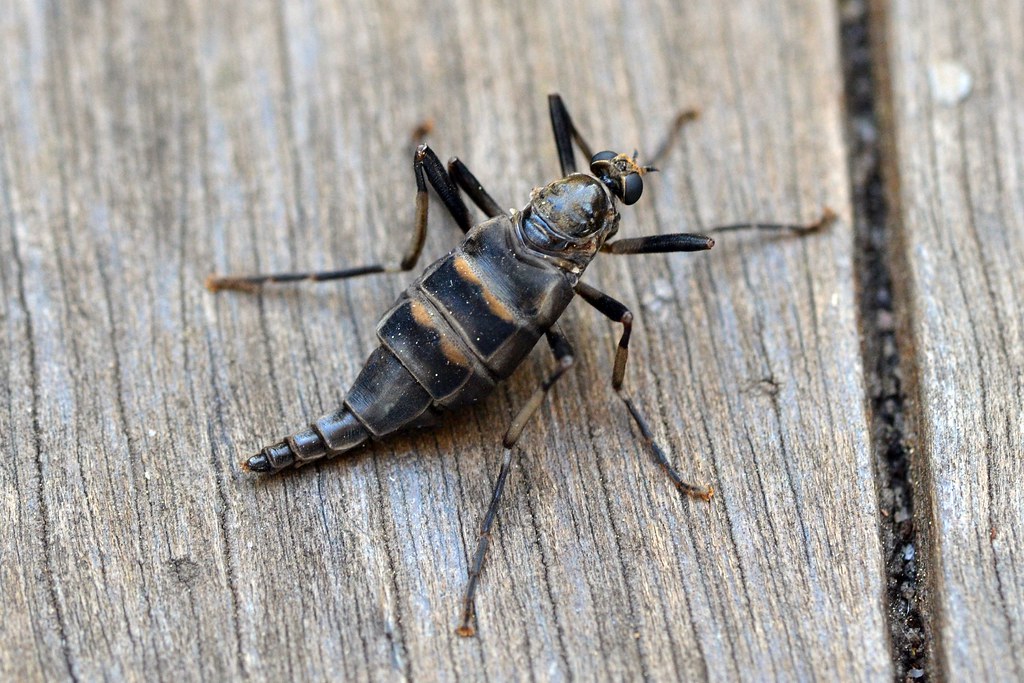When you think of flying insects, images of butterflies gracefully gliding through gardens or bees buzzing from flower to flower probably come to mind. But what if I told you that some of nature’s most remarkable travelers never developed wings at all? These extraordinary creatures have mastered the art of aerial movement through mind-bending adaptations that seem to defy the very laws of physics.
The Surprising World of Wingless Aerial Acrobats
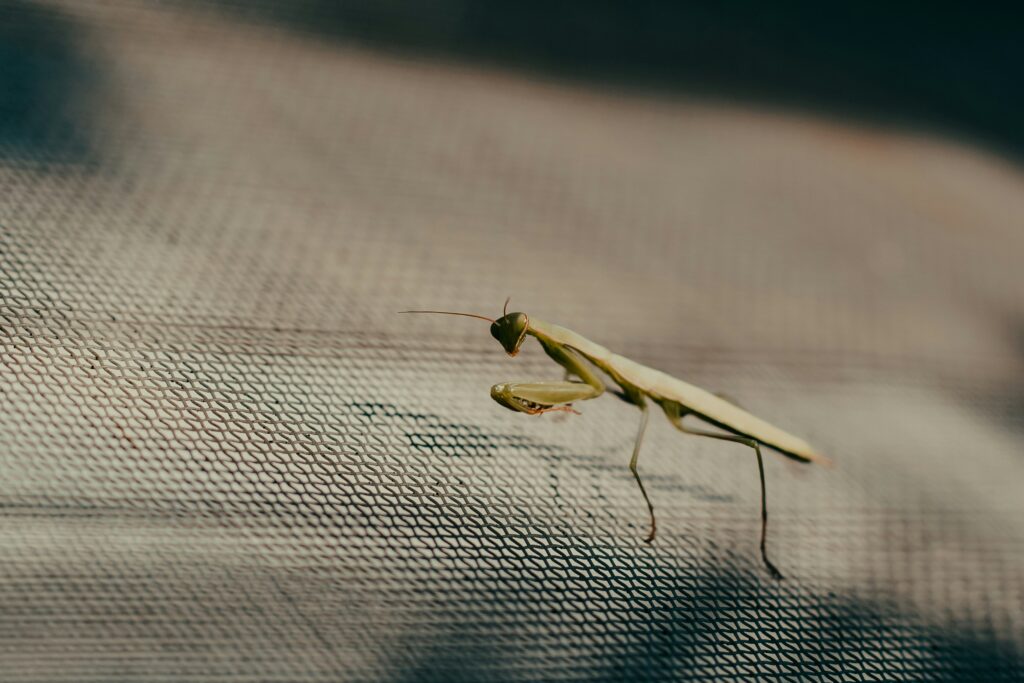
Nature has a way of surprising us when we least expect it. While most insects rely on delicate wing membranes to take flight, a select group has evolved completely different strategies to conquer the skies. These remarkable creatures use everything from silk threads to explosive body movements to launch themselves through the air with precision that would make a fighter pilot jealous.
The term “flying” might seem misleading when applied to wingless insects, but their aerial abilities are no less impressive than their winged cousins. Some can travel distances that would be impossible on foot, while others use their airborne skills to escape predators or find new territories. What makes these adaptations even more fascinating is how each species has developed its own unique solution to the same basic problem: how to move through three-dimensional space without wings.
Jumping Spiders: The Precision Pilots of the Arthropod World
Though technically arachnids rather than insects, jumping spiders deserve mention for their incredible aerial abilities. These tiny hunters can launch themselves up to 25 times their own body length with surgical precision. Their secret lies in a hydraulic system that rapidly increases pressure in their legs, creating an explosive jump that propels them through the air like living bullets.
What makes jumping spiders even more remarkable is their ability to calculate trajectory, wind resistance, and landing zones in milliseconds. They’ve been observed making course corrections mid-flight by adjusting their leg positions, essentially steering themselves through the air. Some species even trail a silk safety line behind them, acting as both anchor and emergency brake during their aerial adventures.
Springtails: Nature’s Original Bungee Jumpers
Springtails might be among the most overlooked aerial performers in the insect world, but their jumping mechanism is nothing short of engineering genius. These tiny soil-dwellers possess a specialized appendage called a furcula, which functions like a loaded spring tucked beneath their abdomen. When threatened, they release this biological catapult with explosive force, launching themselves up to 100 times their body length.
The physics behind a springtail’s jump are mind-boggling. They can achieve accelerations of over 100 g-forces – enough to knock a human unconscious – yet land safely every time. Their jumps are so fast that high-speed cameras are needed to capture the movement, with the entire launch sequence occurring in less than a millisecond. This makes them virtually impossible for predators to catch once they’ve initiated their escape sequence.
Ballooning Spiders: Masters of Atmospheric Surfing
Young spiders have discovered one of nature’s most elegant solutions to long-distance travel: atmospheric ballooning. These tiny arachnids climb to high points, release silk threads into the air, and literally fly away on wind currents. This behavior, called “ballooning,” can carry spiders hundreds of miles from their birthplace, allowing them to colonize new territories with minimal energy expenditure.
The science behind ballooning is surprisingly complex. Spiders can sense atmospheric conditions and choose optimal weather patterns for their journeys. They’ve been found at altitudes of over 16,000 feet, floating through jet streams like microscopic passengers on invisible highways. Some species even show seasonal migration patterns, with entire populations taking to the skies during specific weather conditions.
Flea Beetles: The Kangaroos of the Insect Kingdom
Flea beetles have earned their name through their remarkable jumping abilities, but calling them mere jumpers undersells their aerial prowess. These small, metallic-colored insects can launch themselves over 100 times their body length using specialized hind legs that function like biological pogo sticks. Their jumps are so powerful and sudden that they appear to vanish from one spot and materialize in another.
What sets flea beetles apart from other jumping insects is their ability to control their landing with remarkable precision. They can adjust their trajectory mid-flight and even perform multiple jumps in rapid succession, essentially bouncing through the air from point to point. This aerial agility makes them incredibly difficult for both predators and researchers to catch, earning them a reputation as some of the most elusive insects in the world.
Gliding Ants: The Parachutists of the Rainforest Canopy
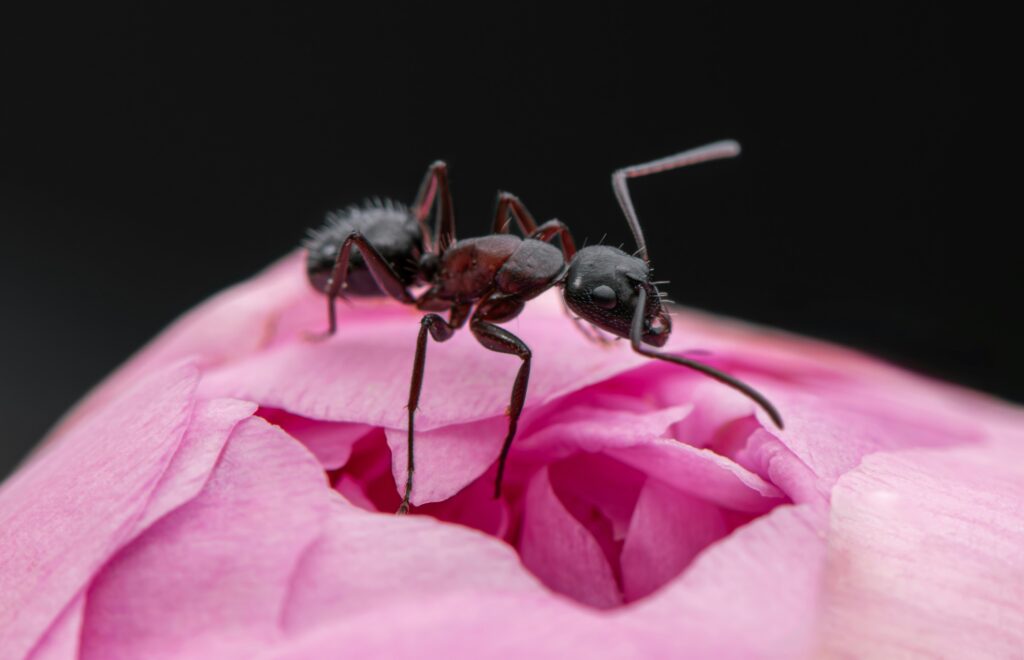
High in the rainforest canopy, certain ant species have developed the ability to glide through the air with the grace of tiny skydivers. These gliding ants flatten their bodies and spread their legs wide when falling, creating enough surface area to control their descent and even steer toward tree trunks. This ability prevents them from falling to the forest floor, where survival would be nearly impossible.
The gliding behavior of these ants is so sophisticated that they can make 180-degree turns in mid-air, essentially flying backward to reach their target. Research has shown that successful gliding requires not just the right body position, but also visual recognition of suitable landing sites. Workers that fall from the canopy have only seconds to orient themselves and execute a perfect glide, making their survival skills truly extraordinary.
Water Striders: Surface Tension Acrobats
While water striders are famous for walking on water, their lesser-known aerial abilities are equally impressive. When threatened or seeking new territory, these insects can launch themselves several inches into the air using the same surface tension principles that keep them afloat. Their takeoffs create tiny explosions of water droplets as they break free from the liquid surface.
The mechanics of a water strider’s aerial launch involve precise timing and body positioning. They must generate enough force to overcome surface tension while maintaining the delicate balance that prevents them from breaking through the water. Some species can even perform short gliding flights after their initial jump, using their elongated bodies to catch air currents and extend their range.
Caterpillars: The Unexpected Air Travelers
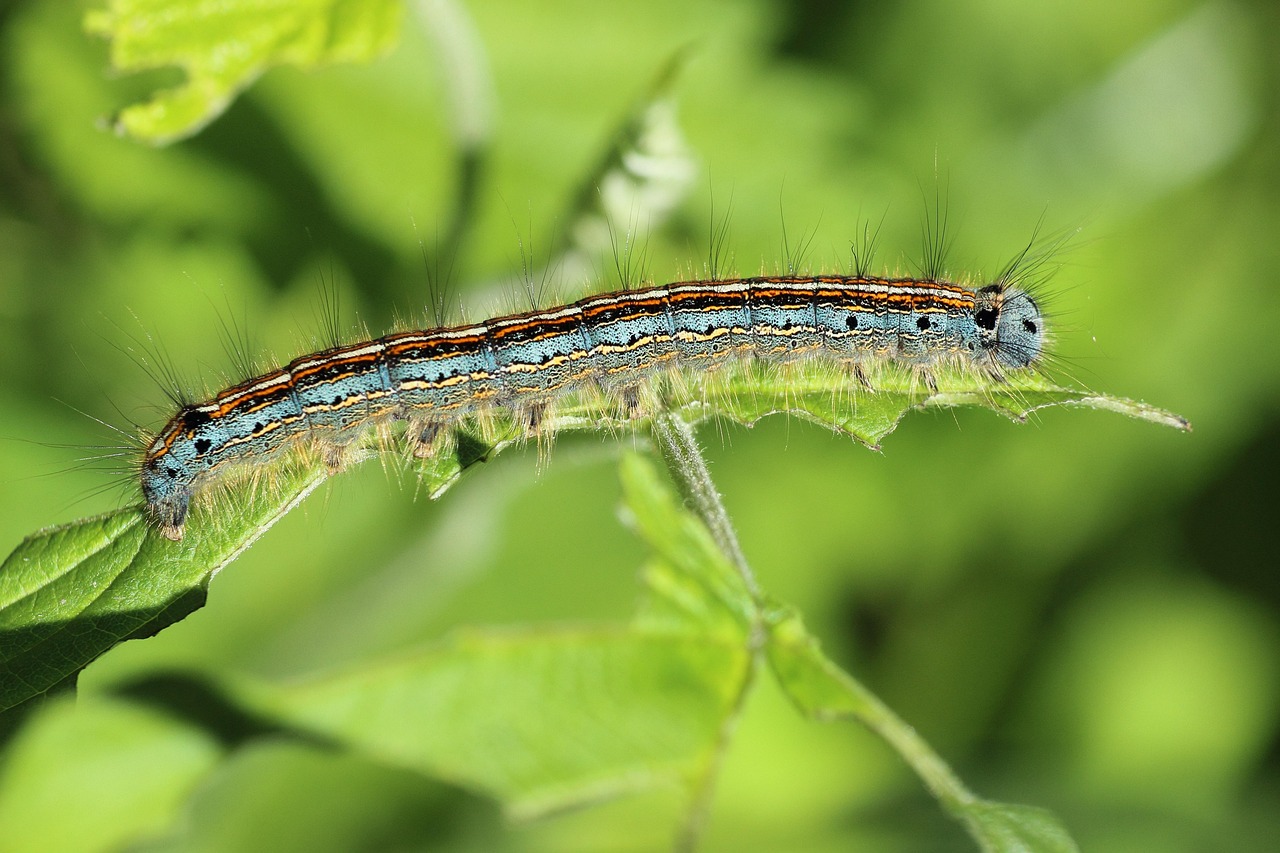
Most people would never associate caterpillars with flight, but several species have mastered the art of aerial travel through silk-spinning techniques. When strong winds blow, these larvae release long silk threads that act as natural parachutes, carrying them to new feeding grounds. This behavior, known as “ballooning,” allows ground-bound caterpillars to travel distances that would take days to crawl.
The timing of caterpillar ballooning is crucial for survival. They must choose wind conditions that will carry them to suitable habitat rather than open water or barren landscapes. Some species even show collective ballooning behavior, with hundreds of individuals taking flight simultaneously, creating spectacular aerial displays that look like living snowfall.
The Physics Behind Wingless Flight
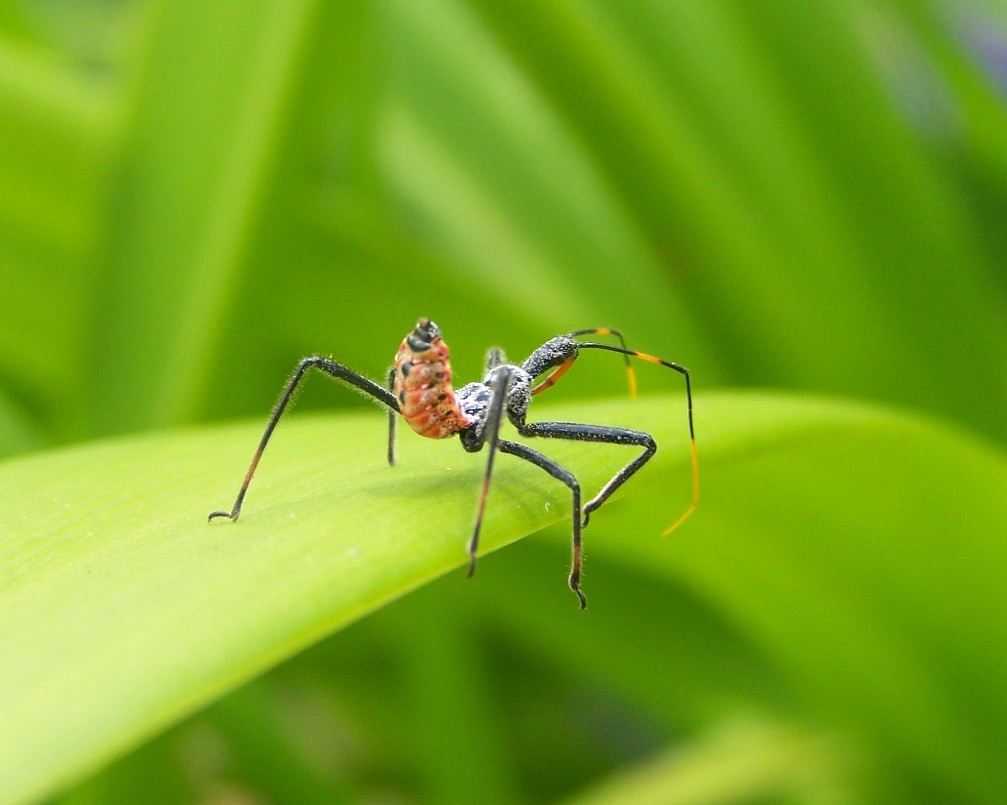
Understanding how wingless insects achieve flight requires diving into some fascinating physics principles. Unlike winged insects that generate lift through wing movement, these creatures rely on stored energy, hydraulic pressure, or environmental forces. The energy storage mechanisms in jumping insects are similar to those found in crossbows or catapults, converting slow muscle contractions into explosive movements.
Surface tension, air resistance, and atmospheric pressure all play crucial roles in wingless flight. Insects that use silk threads must account for air density, wind shear, and thermal currents. Those that rely on jumping must calculate trajectory angles and landing impact forces. The mathematical complexity of these natural flight systems rivals that of human-engineered aircraft, yet these tiny creatures perform these calculations instinctively.
Evolutionary Advantages of Alternative Flight Methods
The evolution of wingless flight methods offers several advantages over traditional wing-powered flight. Energy efficiency tops the list – jumping or gliding requires significantly less metabolic energy than powered flight. This allows insects to allocate more resources to reproduction, growth, or survival activities rather than maintaining flight muscles and wing structures.
Stealth and speed also factor into the evolutionary equation. A jumping flea beetle can escape predator detection faster than many flying insects can react. The element of surprise, combined with unpredictable flight paths, makes these wingless fliers incredibly difficult to catch. Additionally, their compact body designs make them less vulnerable to wing damage from environmental hazards or predator attacks.
Predator Evasion Strategies in Aerial Escape
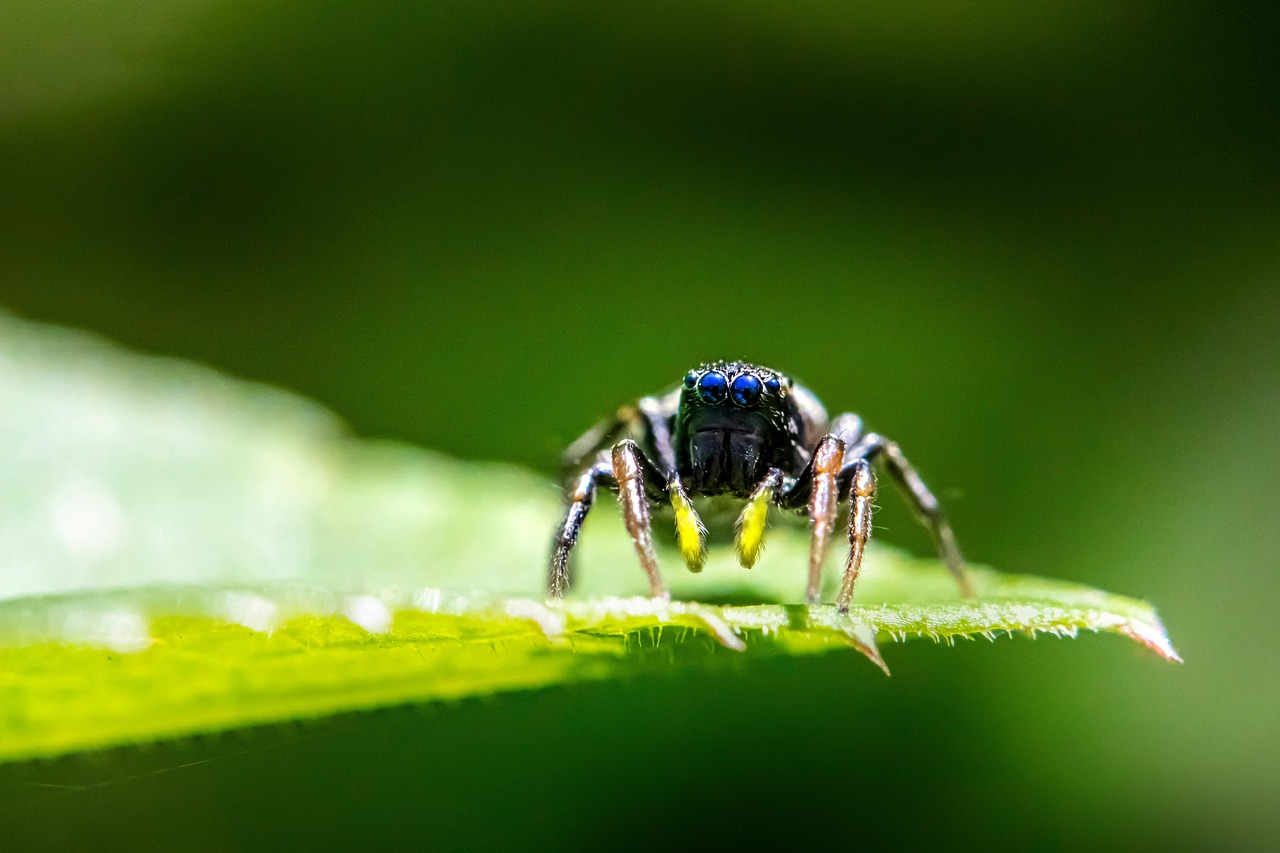
The aerial escape strategies of wingless insects represent some of nature’s most sophisticated anti-predator behaviors. Timing is everything – a springtail that hesitates even a millisecond too long becomes spider food. These insects have evolved hair-trigger response systems that can detect approaching threats through vibrations, air movements, or chemical signals.
Unpredictability serves as another crucial defense mechanism. Unlike flying insects that follow predictable flight patterns, jumping insects create chaotic trajectories that confuse predators. Some species even perform multiple rapid jumps in different directions, creating a confusing blur of movement that makes tracking impossible. This randomness, combined with their incredible speed, turns escape into an art form.
Environmental Adaptations and Habitat Influence

The specific environments where these insects live have shaped their unique flight adaptations. Forest floor springtails need to navigate through dense leaf litter and debris, so their jumping mechanism evolved for short, powerful bursts rather than sustained flight. Canopy-dwelling ants developed gliding abilities because falling means certain death in their three-dimensional arboreal world.
Weather conditions play a massive role in the success of wingless flight. Spiders time their ballooning activities to coincide with specific atmospheric conditions, while jumping insects must account for wind resistance and air density. Some species even show behavioral adaptations to seasonal changes, modifying their aerial activities based on temperature, humidity, and air pressure variations.
The Role of Body Structure in Aerial Performance
The anatomical modifications that enable wingless flight are marvels of biological engineering. Jumping insects possess enlarged hind legs with specialized muscle arrangements that can store and release energy like biological springs. Their exoskeletons have reinforced joints and shock-absorbing structures to handle the incredible forces generated during takeoff and landing.
Body shape optimization extends beyond just jumping mechanisms. Gliding insects have flattened profiles and specialized appendages that increase surface area and improve aerodynamic control. Even their sensory organs have adapted, with enhanced visual systems for judging distances and specialized mechanoreceptors for detecting air movements and atmospheric pressure changes.
Impact on Ecosystem Dynamics and Food Webs
The aerial abilities of wingless insects create ripple effects throughout entire ecosystems. Their mobility allows them to exploit food resources across larger territories than purely ground-bound species. This expanded range can influence plant pollination patterns, seed dispersal, and nutrient cycling in ways that researchers are only beginning to understand.
Predator-prey relationships become incredibly complex when dealing with insects that can literally vanish into thin air. Ground-dwelling predators must develop new hunting strategies to catch prey that can escape in three dimensions. This evolutionary arms race has led to the development of specialized predator behaviors and has influenced the structure of entire arthropod communities.
Future Research and Conservation Implications
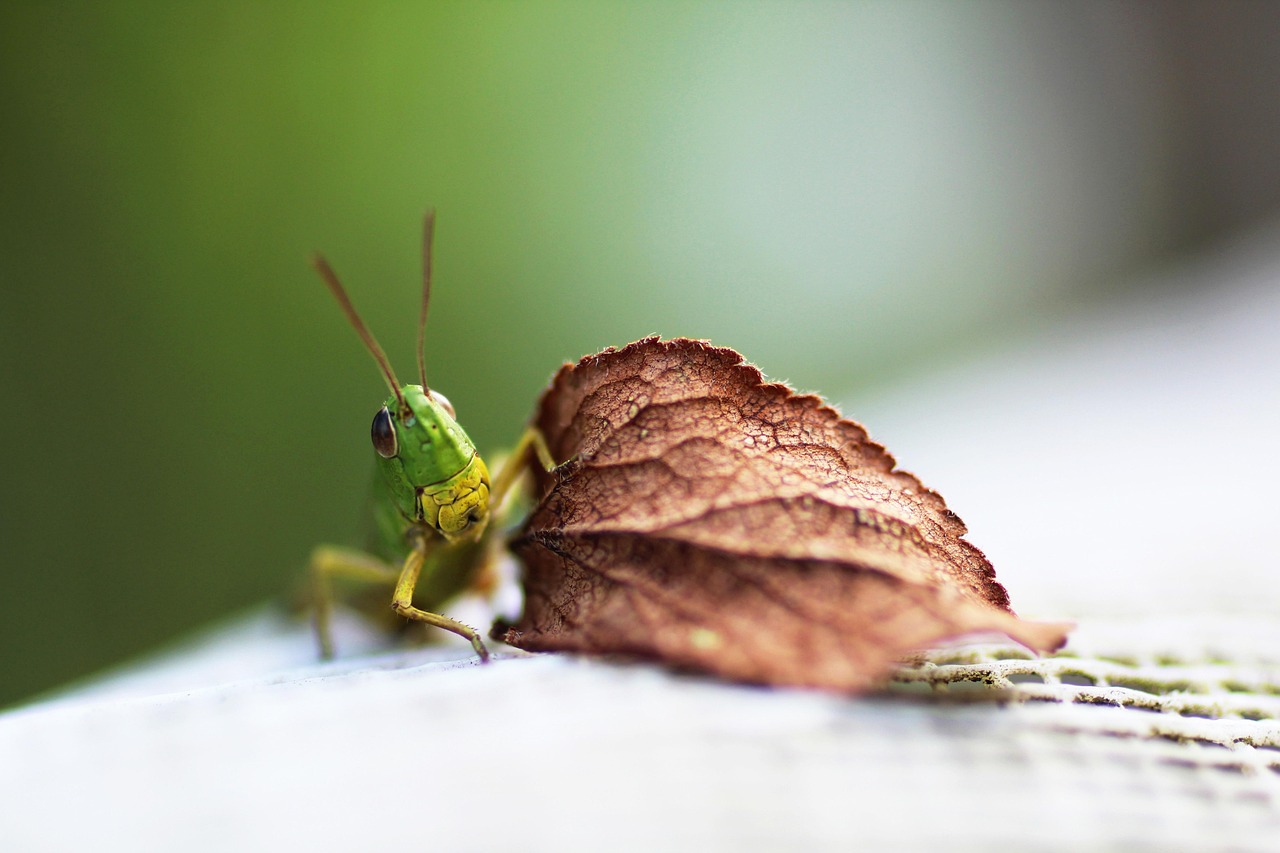
Scientists are increasingly recognizing the importance of studying wingless flight mechanics for both biological understanding and technological applications. The engineering principles behind these natural flight systems could inspire new developments in robotics, materials science, and aerospace engineering. Understanding how microscopic creatures achieve controlled flight without wings might revolutionize our approach to miniaturized flying devices.
Conservation efforts must also account for the unique habitat requirements of these aerial specialists. Climate change and habitat destruction pose particular threats to species that rely on specific atmospheric conditions or vegetation structures for their flight activities. Protecting these remarkable creatures requires understanding not just their biology, but also the complex environmental factors that make their incredible journeys possible.
The world of wingless flight reveals nature’s incredible creativity in solving complex problems. These seven types of insects prove that evolution doesn’t always follow the paths we expect, instead finding elegant solutions that challenge our understanding of what’s possible. From the explosive jumps of springtails to the precision gliding of rainforest ants, each species has mastered its own version of defying gravity. Next time you’re in your garden or exploring a natural area, remember that some of the most amazing aerial performances might be happening right under your nose – performed by creatures so small and quick that you might miss the show entirely. What other “impossible” adaptations might nature be hiding in plain sight?

